The Truth About Sulfates and Parabens in Your Shampoo | An Expert Guide
The Great Debate: Understanding the Buzz Around Sulfates and Parabens
The world of hair care is filled with buzzwords, and few have sparked as much debate as 'sulfates' and 'parabens'. You've seen the labels proudly proclaiming "Sulfate-Free" and "Paraben-Free" on countless shampoo bottles lining the shelves. This marketing has led to a widespread belief that these ingredients are villains in our hair care routines, but what is the truth about sulfates and parabens in your shampoo? Are they truly the hair-damaging culprits they're made out to be, or is this a case of misinformation? This comprehensive guide will demystify these common ingredients, separating scientific fact from marketing fiction.
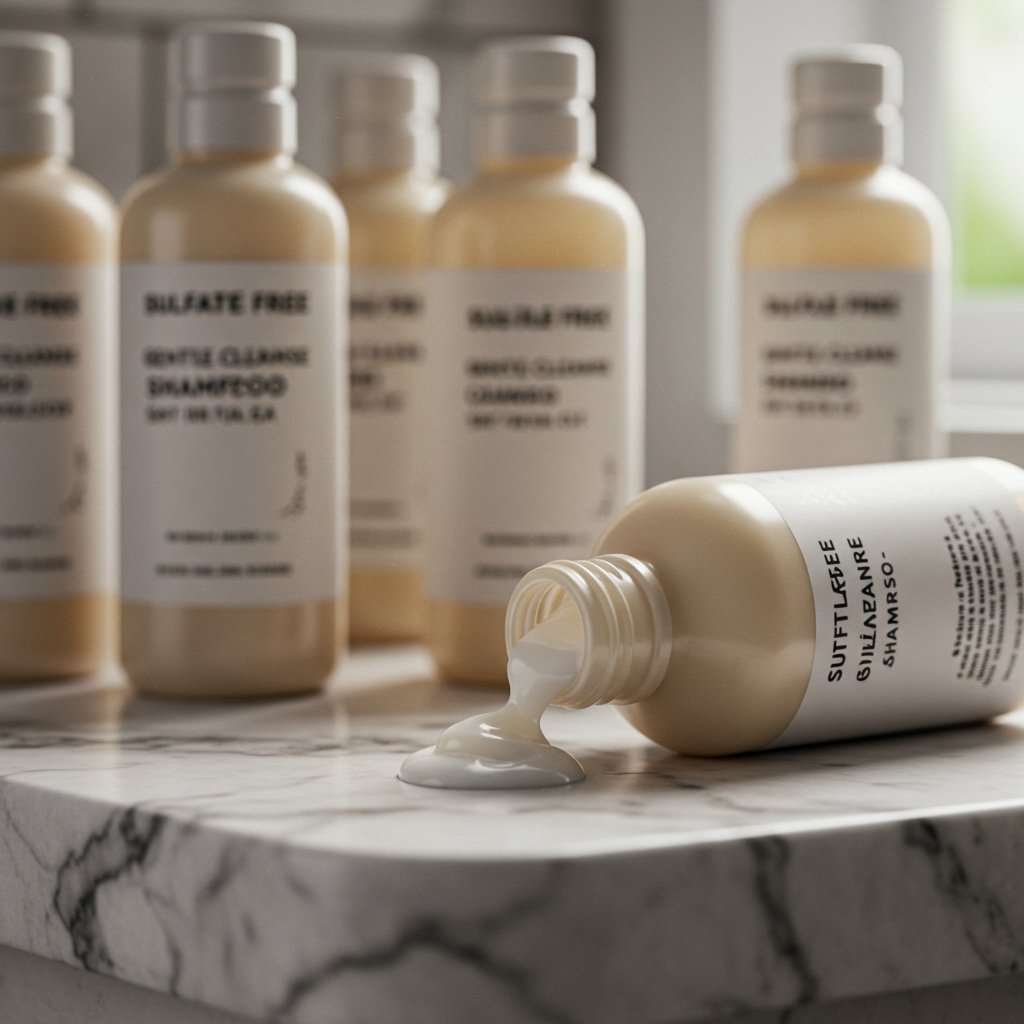
Understanding the ingredients in your products is the first step toward achieving optimal hair health. It’s not about blindly following trends but about making informed decisions tailored to your specific hair type, scalp condition, and styling goals. We will delve deep into the science behind what sulfates and parabens are, what they do, the legitimate concerns surrounding them, and the expert consensus. By the end of this article, you'll be equipped with the knowledge to read ingredient labels with confidence and choose the products that will truly help your hair thrive, whether that includes these ingredients or not. Prepare to move beyond the hype and get to the root of the issue.
What Exactly Are Sulfates? The Science Behind the Suds
Sulfates are, in essence, powerful detergents. The most common ones you'll see on an ingredient list are Sodium Lauryl Sulfate (SLS) and Sodium Laureth Sulfate (SLES). Their primary function in shampoo is to act as a surfactant—a compound that reduces the surface tension between the shampoo and your scalp. This action allows them to effectively bind with oil, dirt, and product buildup, which are then easily washed away with water. The satisfyingly rich, foamy lather that most people associate with a deep clean is a direct result of these sulfates at work. This cleansing efficiency is why they became a staple in shampoos and other personal care products for decades.
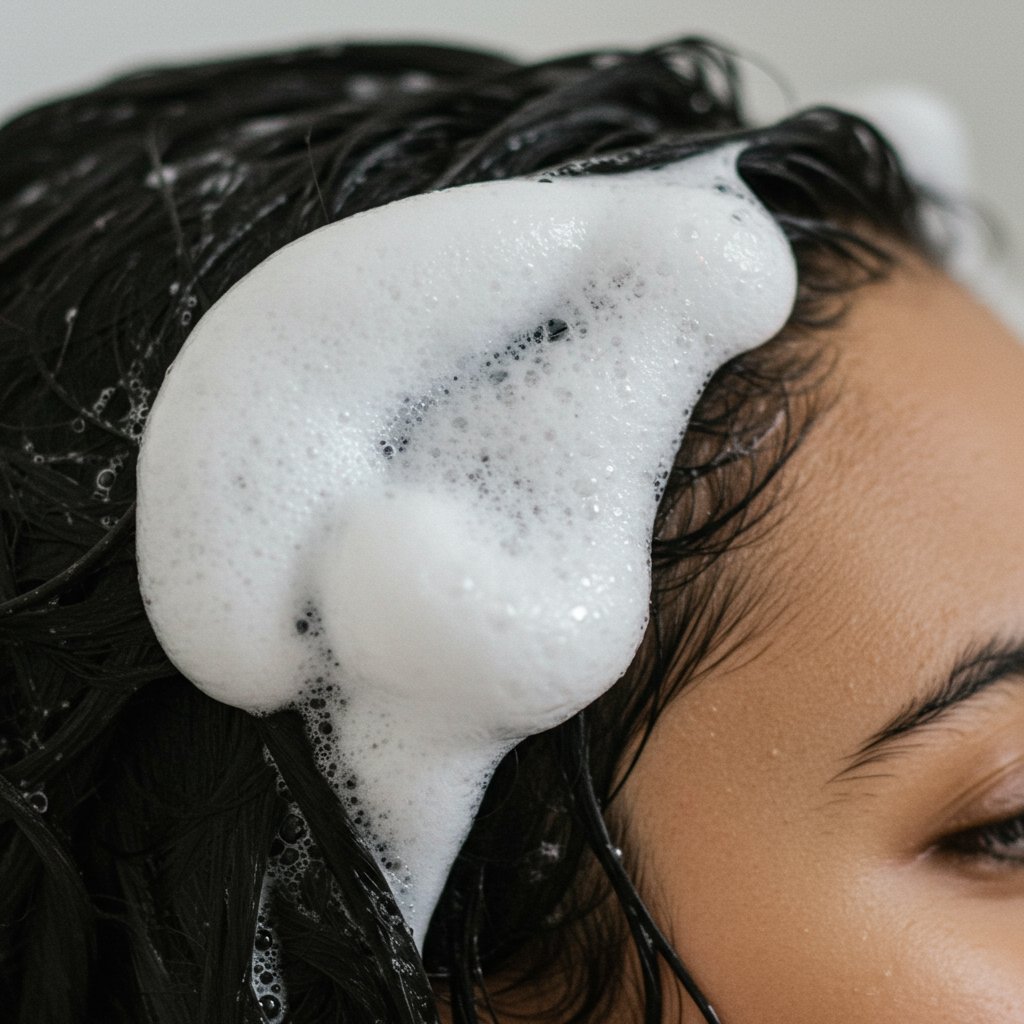
The Role of a Surfactant
Think of how soap works on greasy hands; sulfates do something very similar for your hair. Your scalp naturally produces sebum, an oily substance that moisturizes and protects your hair. However, an excess of sebum, combined with daily pollutants, styling products, and dead skin cells, can weigh hair down and leave it looking greasy and dull. Sulfates are exceptionally good at breaking down this buildup. Sodium Lauryl Sulfate (SLS) is a particularly potent cleanser, creating a robust lather, while Sodium Laureth Sulfate (SLES) is a milder derivative, created through a process called ethoxylation, which makes it less irritating to the skin while still providing effective cleaning power.Why Are They So Common?
Beyond their cleansing efficacy, sulfates are popular with manufacturers for a simple reason: they are incredibly inexpensive to produce and highly effective. They allow for the creation of high-performance shampoos at a low cost, a winning combination for mass-market products. The luxurious lather they produce has also been psychologically linked by consumers to a more thorough cleaning experience. For many years, a shampoo that didn't foam up was perceived as ineffective, cementing sulfates' place as a go-to ingredient in the hair care industry for people with resilient hair and oily scalps who need a powerful clarifying wash.The Case Against Sulfates: Are They Really Harming Your Hair?
The primary concern with sulfates isn't that they are inherently toxic or dangerous, but that they can be too effective. Their powerful detergent action doesn't discriminate between unwanted buildup and the natural oils (sebum) that are essential for a healthy scalp and moisturized hair. By stripping away these vital oils, sulfates can disrupt the scalp's delicate microbiome and moisture balance. This can lead to a cascade of issues, particularly for those with sensitive skin or specific hair types. The very strength that makes them effective cleaners is also their biggest potential drawback.
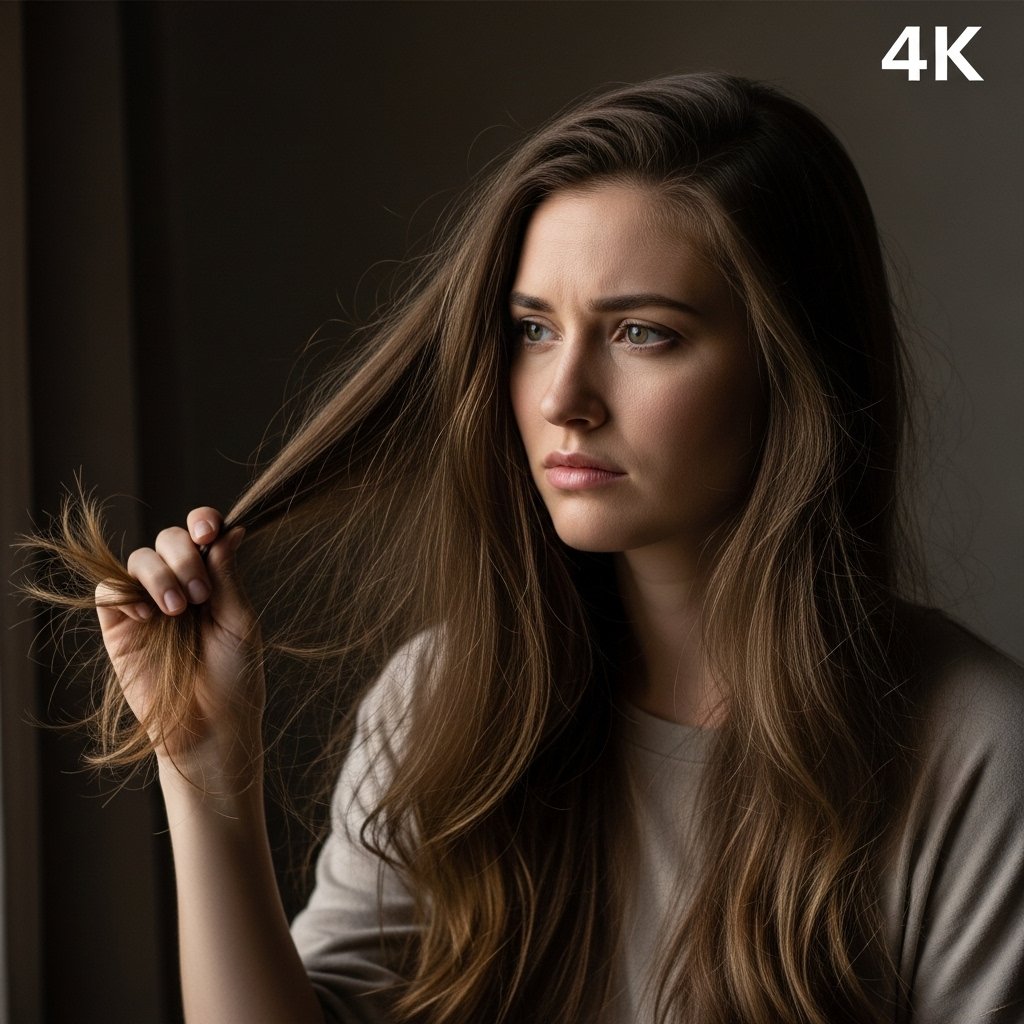
Stripping, Dryness, and Irritation
When the scalp is stripped of its natural oils, it can become dry, tight, and irritated, sometimes leading to flaking that mimics dandruff. The hair strands themselves also suffer. Without the protective lipid layer, the hair cuticle can lift, making the hair porous, brittle, and prone to breakage. This results in hair that feels rough and looks dull and frizzy. For individuals with pre-existing skin conditions like eczema or contact dermatitis, the harsh nature of sulfates can exacerbate symptoms, causing redness, itching, and inflammation. This over-cleansing effect is the core reason why the 'sulfate-free' movement gained so much momentum.The Impact on Color-Treated Hair
For anyone who invests in professional hair color, sulfates can be a significant concern. The same stripping action that removes oil and dirt can also pull color molecules from the hair shaft, leading to premature fading. Professional coloring services are an investment, and using a sulfate-based shampoo can shorten the life of your vibrant reds, rich brunettes, or brilliant blondes, forcing more frequent salon visits. This is why experienced stylists almost universally recommend sulfate-free shampoos and conditioners to their clients with color-treated hair to preserve the integrity and longevity of their custom color.Who Should Avoid Sulfates? Identifying Your Hair's Needs
While sulfates are not a universal enemy, there are specific hair types and conditions that genuinely benefit from avoiding them. Making an informed choice is about understanding your hair's unique biology and needs. If you fall into one of the following categories, switching to a sulfate-free formulation could make a significant difference in the health and appearance of your hair. A consultation with a professional stylist can also provide a personalized diagnosis and product recommendation based on a close examination of your hair and scalp.
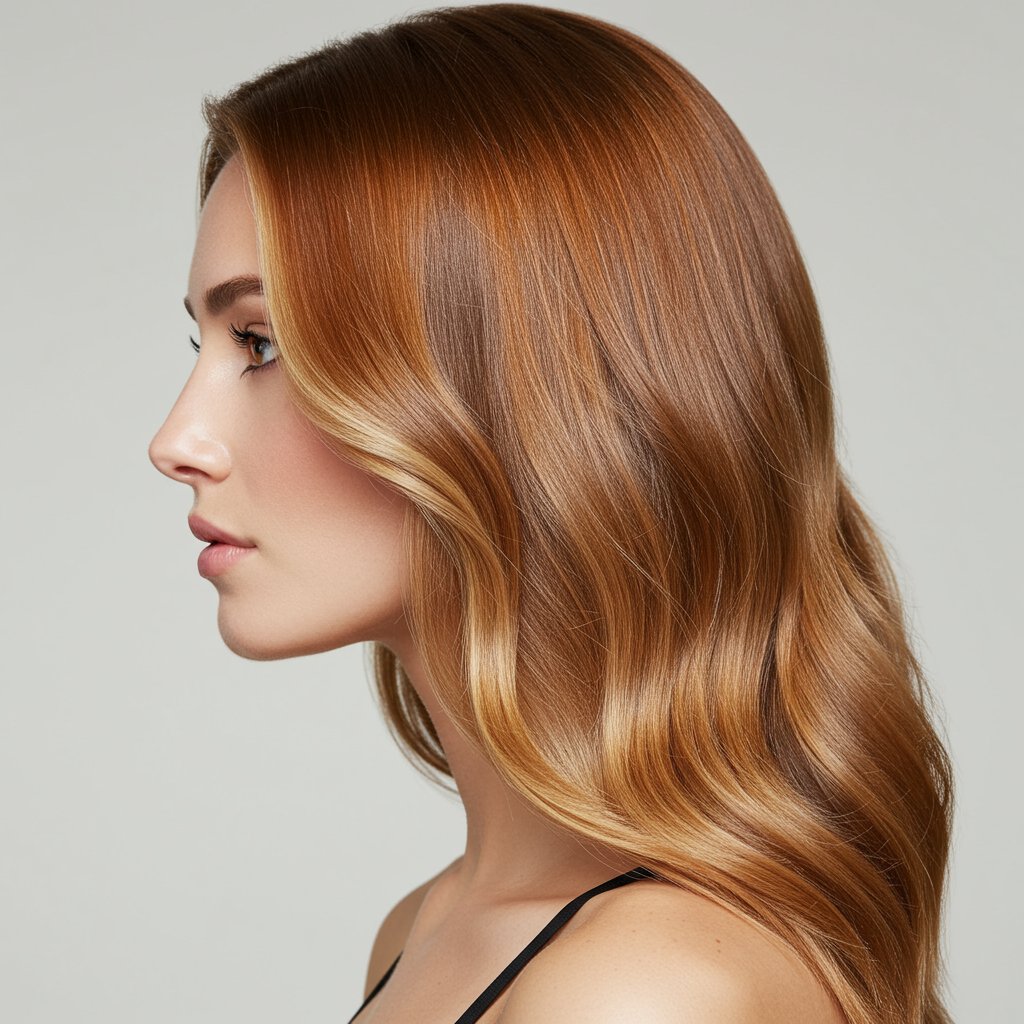
1. Dry, Damaged, or Frizzy Hair
If your hair is naturally dry, coarse, or prone to frizz, sulfates will likely worsen the problem. These hair types are already lacking in moisture, and stripping the few natural oils they have will only lead to more brittleness and unruliness. Sulfate-free cleansers use milder surfactants that gently clean the hair and scalp without removing essential moisture, helping to keep the hair cuticle smooth and hydrated.2. Color-Treated or Chemically Processed Hair
Hair that has been colored, bleached, permed, or chemically straightened has a more porous structure, making it highly susceptible to damage and color loss. As mentioned, sulfates can accelerate color fading significantly. To protect your salon investment and maintain the health of your processed hair, a gentle, sulfate-free shampoo is non-negotiable. It will help seal the cuticle, lock in color molecules, and prevent further damage.3. Sensitive Scalp or Skin Conditions
For individuals with a sensitive scalp, rosacea, eczema, or contact dermatitis, sulfates can be a major trigger for irritation. The harsh cleansing action can disrupt the skin's protective barrier, leading to itching, redness, and inflammation. Switching to a hypoallergenic, sulfate-free formula can provide immense relief and help maintain a calm, balanced scalp environment.4. Curly, Coily, or Wavy Hair
The structure of curly and coily hair makes it difficult for natural oils from the scalp to travel down the hair shaft. This makes curly hair types naturally drier and more prone to frizz. Sulfates strip what little moisture is present, disrupting the curl pattern and causing frizz. The 'Curly Girl Method,' a popular hair care regimen, strictly forbids sulfates to ensure curls remain defined, hydrated, and healthy.Decoding Parabens: The Unseen Preservatives in Your Products
Shifting our focus from cleansing to preservation, let's talk about parabens. Parabens are a class of synthetic chemicals used as preservatives in a wide range of products, including shampoos, conditioners, lotions, and cosmetics. The most common names you'll see on labels are methylparaben, propylparaben, butylparaben, and ethylparaben. Their primary job is to prevent the growth of harmful bacteria, mold, and yeast within the product. This function is crucial for any water-based product, as the presence of water creates an ideal environment for microbial contamination.

By inhibiting the growth of these microorganisms, parabens extend the shelf life of products, ensuring they remain safe and effective for consumers to use over several months. Without an effective preservative system, your shampoo could become a breeding ground for bacteria in a matter of weeks, posing a risk of skin infections and scalp issues. For decades, parabens have been the preservative of choice for the cosmetics industry because they are highly effective against a broad spectrum of microbes and are very cost-effective to produce.
The Paraben Controversy: Health Concerns vs. Scientific Consensus
The controversy surrounding parabens began in earnest in the early 2000s when a British study detected parabens in malignant breast tumors. This study suggested a potential link between paraben exposure and breast cancer, sparking widespread media attention and consumer concern. The theory is that parabens have weak estrogen-mimicking properties. Because estrogen can promote the growth of breast cancer cells, there was concern that the accumulation of parabens in the body could act as an endocrine disruptor, potentially contributing to hormone-related health issues.
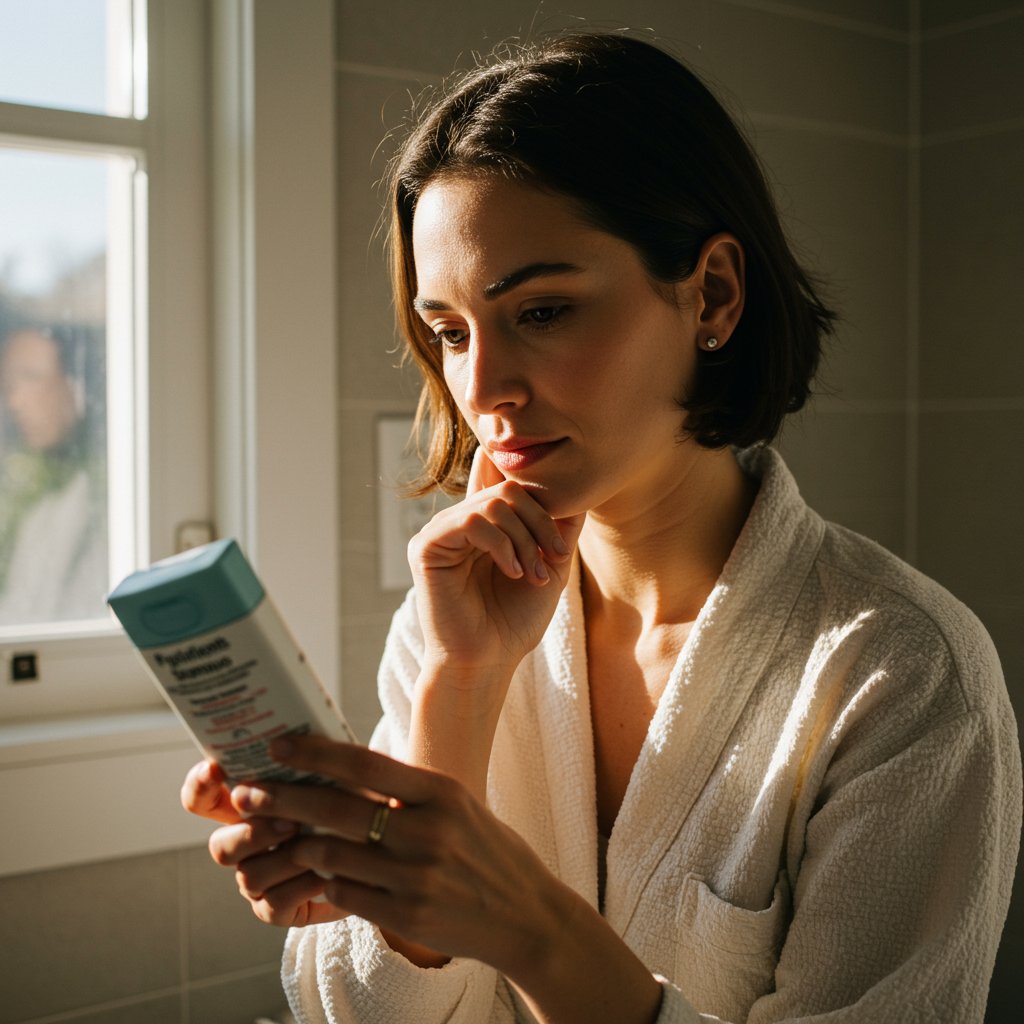
However, it is crucial to look at the broader scientific and regulatory context. The original study did not prove that parabens caused the cancer; it only showed they were present. Subsequent, more extensive research has not established a direct causal link between paraben use in cosmetics and cancer. Major regulatory bodies, including the U.S. Food and Drug Administration (FDA) and the European Commission’s Scientific Committee on Consumer Safety (SCCS), have reviewed the available data and concluded that parabens are safe for use in cosmetics at the low concentrations currently permitted. They note that the estrogenic activity of parabens is significantly weaker than the body's own natural estrogen. Despite this scientific consensus, consumer demand for 'paraben-free' products remains high, driven by a desire to minimize exposure to synthetic chemicals.
Making the Switch: How to Choose Sulfate-Free and Paraben-Free Products
If you've decided that avoiding sulfates, parabens, or both is the right choice for your hair, the next step is navigating the market to find effective alternatives. This involves becoming a savvy label-reader and understanding what to look for instead. The transition might require a short adjustment period for your hair, but the long-term benefits for specific hair types can be substantial. The key is to look for quality formulations from reputable brands that prioritize hair health.
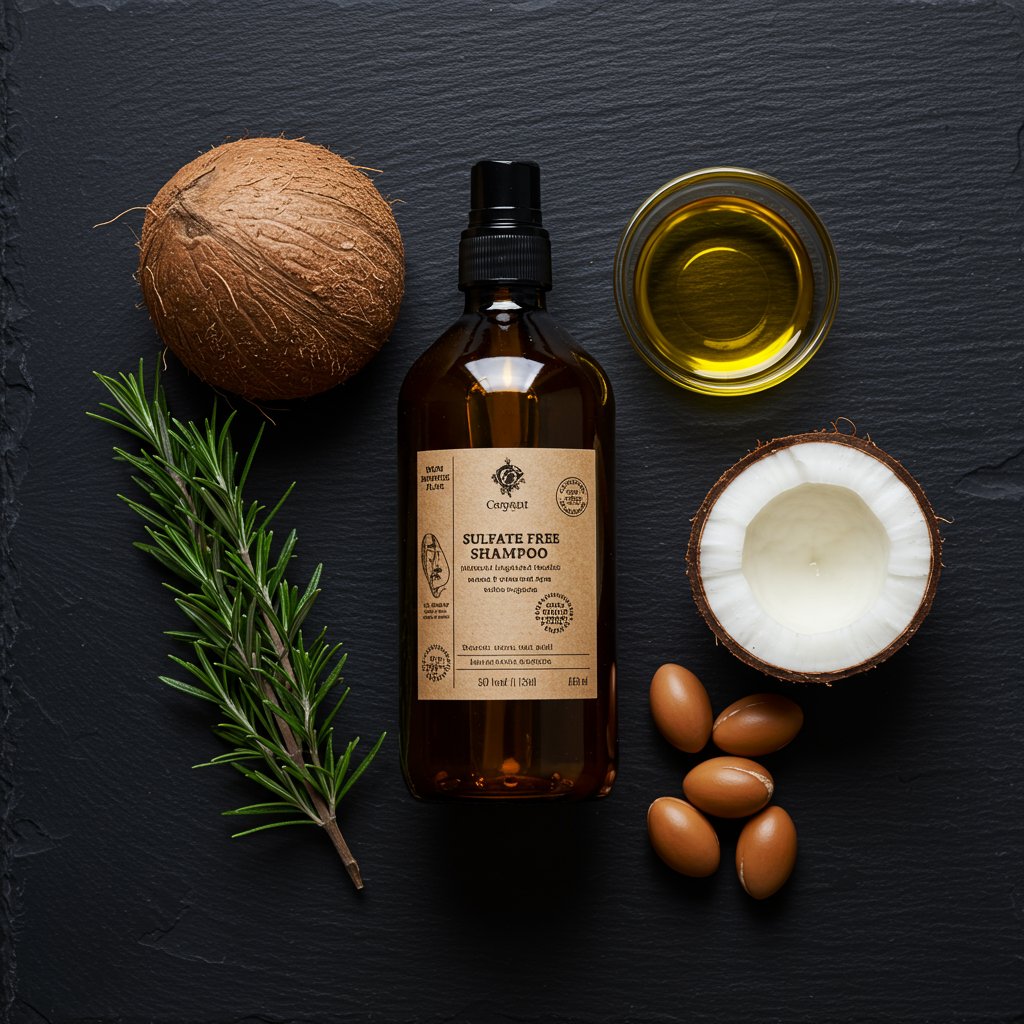
Reading the Ingredient Label
First, learn to identify the key ingredients. For sulfates, look for Sodium Lauryl Sulfate (SLS) and Sodium Laureth Sulfate (SLES) high up on the list. For parabens, scan for anything ending in '-paraben'. When choosing a sulfate-free shampoo, look for gentler, plant-derived surfactants. Common alternatives include Cocamidopropyl Betaine (derived from coconut oil), Decyl Glucoside, Lauryl Glucoside, or Sodium Cocoyl Isethionate. These cleansers are much milder and less likely to strip your hair. For paraben alternatives, manufacturers often use preservatives like Phenoxyethanol, Sodium Benzoate, or Potassium Sorbate. Some products also use natural preservatives like essential oils (rosemary, tea tree) or grapefruit seed extract, though these may be less effective over a long period.What to Expect During the Transition
The most noticeable difference when switching to a sulfate-free shampoo is the lack of a thick, foamy lather. This can take some getting used to, as many of us associate suds with cleanliness. Rest assured, the product is still working. You may need to use a little more product and ensure your hair is thoroughly saturated with water to get an even distribution. Some people experience a 'transition phase' where their hair might feel greasier or heavier for a week or two as the scalp recalibrates its oil production. This is normal and typically subsides, revealing softer, healthier-feeling hair.Pro Tips for a Healthier Scalp and Hair Routine
Choosing the right shampoo is foundational, but it's only one part of a holistic approach to hair care. Professional stylists emphasize that technique and complementary treatments are just as important for achieving and maintaining healthy, beautiful hair. Incorporating these expert tips into your routine can elevate your results, regardless of your product choices.
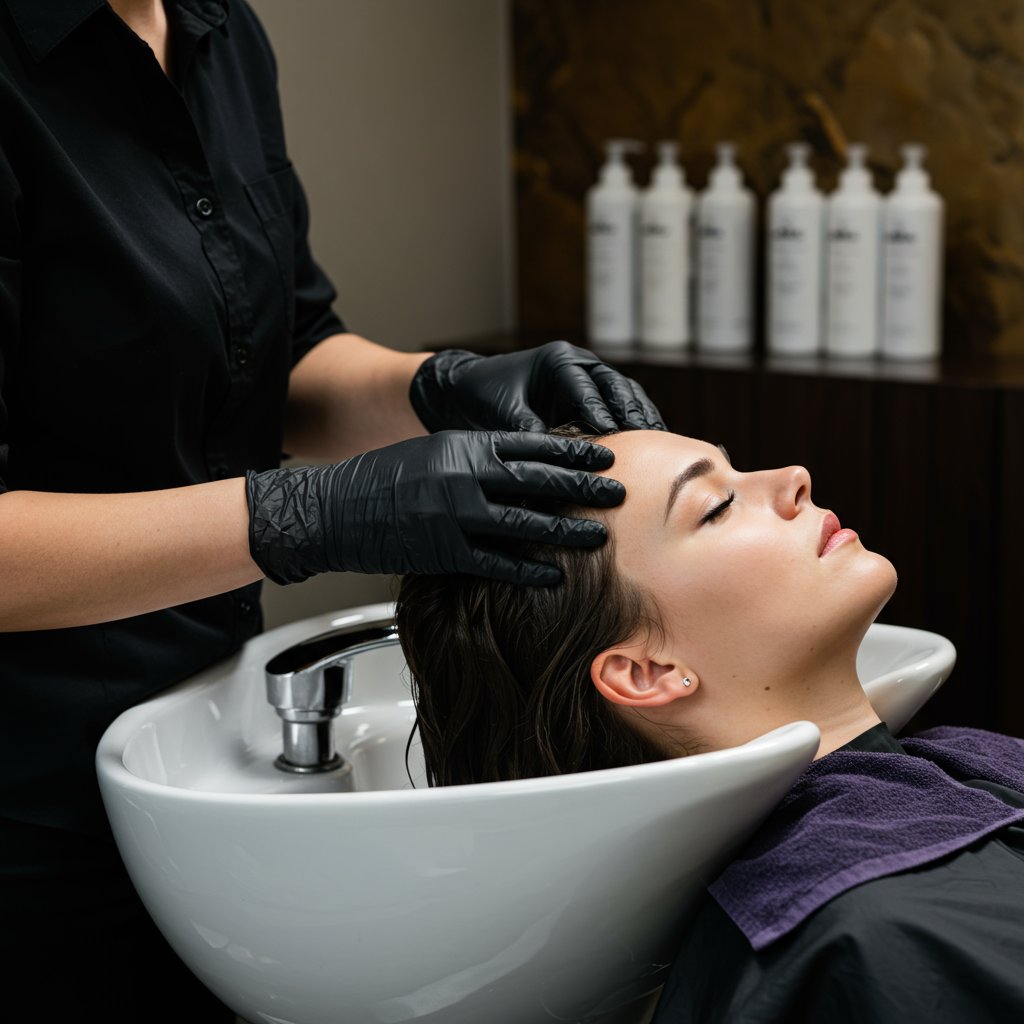
- Focus on the Scalp: When shampooing, concentrate the product on your scalp where the majority of oil and buildup resides. Use the pads of your fingers (not your nails) to gently massage the scalp in circular motions. This stimulates blood flow, promotes healthy hair growth, and effectively cleanses without being harsh on your hair strands.
- Condition Correctly: Conditioner is for your hair, not your scalp. Apply conditioner primarily from the mid-lengths to the ends, where hair is the oldest and most in need of moisture and repair. Applying it to the roots can weigh hair down and lead to buildup.
- Incorporate a Clarifying Treatment: Even when using sulfate-free shampoos, product buildup can still occur over time. Using a dedicated clarifying shampoo or a scalp scrub once or twice a month can provide a deeper clean, removing residue from silicones, oils, and hard water minerals. This creates a clean slate for your regular products to work more effectively.
- Don't Over-Wash: Washing your hair every day can be stripping, even with gentle products. Try to extend the time between washes to every other day, or even less frequently if your scalp isn't overly oily. Use a quality dry shampoo to absorb excess oil at the roots between washes.
- Consult a Professional: The most valuable resource for your hair is an experienced hairstylist. They can analyze your hair and scalp condition up close, understand your lifestyle and hair goals, and provide tailored recommendations for products and treatments that will deliver the best results for you.
Frequently Asked Questions (FAQ)
Q1: Will a sulfate-free shampoo clean my oily hair effectively?
Absolutely. While they produce less lather, modern sulfate-free formulas use advanced, milder surfactants that are excellent at dissolving oil and dirt without over-stripping the scalp. It might require a more thorough massage to work the product in, but the cleansing result is just as effective and much gentler on your scalp's natural moisture barrier.
Q2: Are 'natural' or 'organic' shampoos always better than ones with sulfates and parabens?
Not necessarily. 'Natural' is an unregulated marketing term. Some natural ingredients can be irritating or allergenic for certain individuals. The effectiveness of a shampoo depends on its total formulation, not just the absence of specific ingredients. A well-formulated product with safe synthetics can be more effective and gentler than a poorly formulated 'natural' one. It's about finding what works for your specific hair and scalp.Q3: How long does it take for hair to adjust to a sulfate-free shampoo?
The adjustment period, if you experience one at all, typically lasts one to four weeks. During this time, your scalp is rebalancing its sebum production, which may have been in overdrive to compensate for the stripping effects of sulfates. Be patient, and you'll likely notice your hair feeling softer and more hydrated afterward.Q4: If sulfates are bad for colored hair, what about other styling products?
It's a great question. While shampoo is the biggest culprit for color stripping, other products can contribute. Look for color-safe labels on all your products, including conditioners, leave-in treatments, and heat protectants. Avoid products with high alcohol content, which can also be drying and fade color.Q5: Is there a definitive link between parabens and cancer?
According to major regulatory bodies like the FDA and the World Health Organization, there is no conclusive scientific evidence to suggest that the parabens used in cosmetics cause cancer. While early studies raised concerns, the broader body of research has not established a causal link. The decision to avoid them is a personal one, often based on a preference for 'clean' beauty principles rather than proven health risks.The Final Verdict: Informed Choices for Your Best Hair
The truth about sulfates and parabens in your shampoo is that they are not the one-size-fits-all villains they are often portrayed to be. Sulfates are highly effective cleansers that can be overly harsh for certain hair types—specifically dry, colored, curly, or sensitive hair. For these individuals, switching to a high-quality sulfate-free alternative can be a game-changer. Parabens are effective preservatives with a long history of safe use, and while surrounded by controversy, the current scientific consensus does not support a direct link to health risks like cancer. The choice to avoid them is a personal preference.
Ultimately, the goal is to become an empowered consumer. Instead of fearing ingredients, seek to understand them. Read labels, know your hair type, and listen to how your hair and scalp respond. The most important takeaway is that healthy hair begins with personalized care. Consulting with a professional hairstylist remains the best way to get expert advice tailored to your unique needs, ensuring you choose products that will support your hair's health and help you achieve the beautiful results you deserve.


